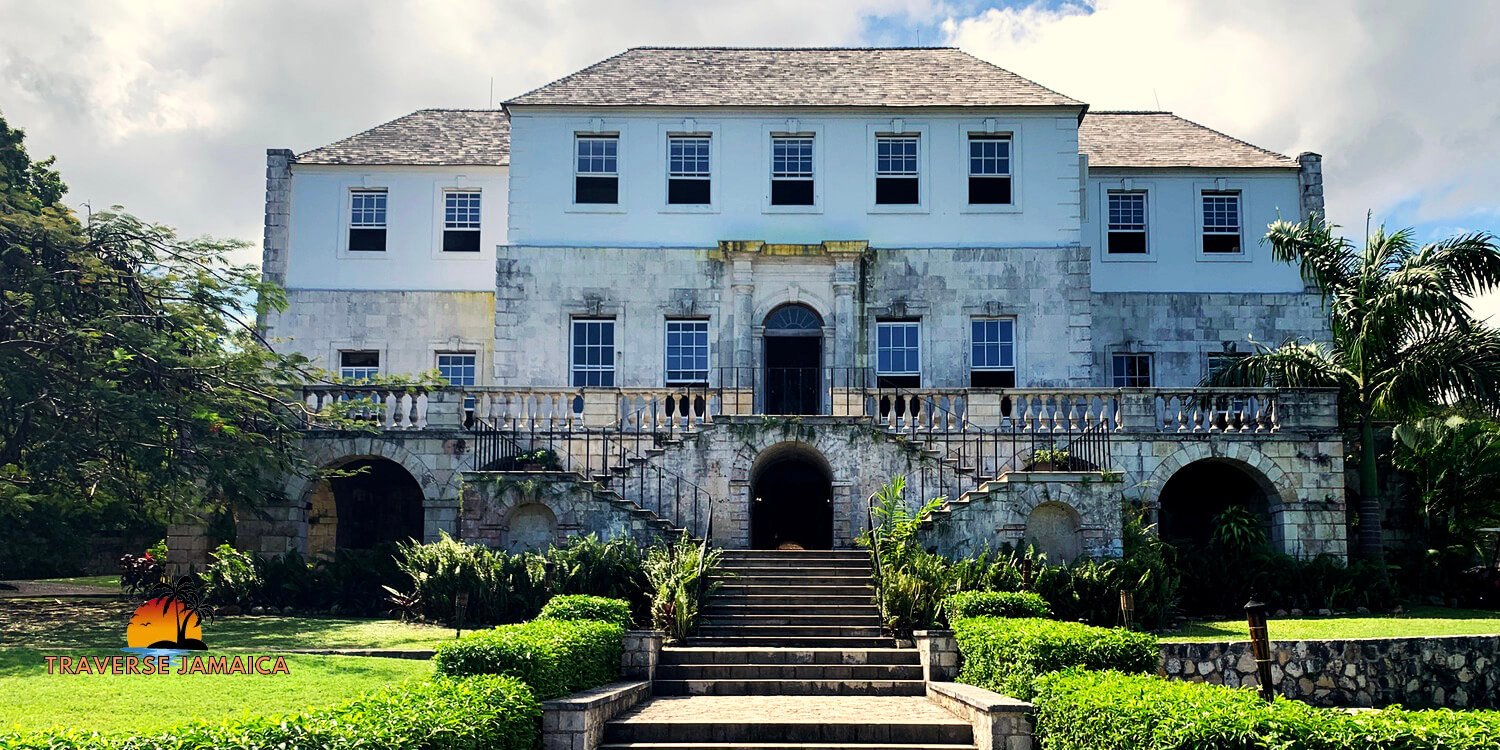Exploring Jamaican Folklore and Legends
Jamaica, known for its vibrant culture, reggae music, and scenic beauty, also harbors a rich tradition of folklore and legends that have shaped its cultural landscape for centuries. Rooted in a mix of African, European, and indigenous Taino influences, Jamaican folklore is a tapestry of mythical creatures, ancestral spirits, and moral tales. These stories, passed down through generations, are not just mere tales; they offer profound insights into the island’s history, values, and beliefs. This article delves deep into some of the most captivating legends and folklore of Jamaica, revealing the fascinating world of myths that continues to enchant both locals and visitors alike.
1. Anansi the Spider: The Trickster Hero
Anansi, the cunning spider, is one of the most well-known figures in Jamaican folklore. Originally a part of West African mythology, the Anansi stories were brought to the Caribbean by enslaved Africans. Anansi is often depicted as a small spider, but his wit and cleverness make him a formidable character in the folktales.
Anansi’s tales are typically about trickery and wisdom, often involving him outsmarting larger, stronger animals. One of the most famous stories is “Anansi and the Pot of Wisdom,” where Anansi attempts to hoard all the world’s wisdom in a pot, only to learn that wisdom is best shared with everyone. These stories serve as allegories, teaching lessons on intelligence, resilience, and morality. Anansi remains a beloved figure in Jamaican culture, embodying the spirit of survival and ingenuity.
2. Duppy: The Ghostly Spirits
Duppy, a term derived from West African spiritual beliefs, refers to restless spirits or ghosts in Jamaican folklore. These entities are often believed to be souls of the deceased who have not found peace and continue to wander the earth, sometimes causing mischief or harm to the living.
Duppy stories are frequently used to explain mysterious happenings or misfortunes. For instance, a sudden illness, a lost item, or a strange noise at night might be attributed to the presence of a duppy. There are various types of duppies, each with its characteristics and stories. The Rolling Calf, a fearsome duppy, appears as a monstrous, fire-breathing cow with chains around its neck. It is said to haunt rural areas and frighten travelers at night.
To ward off duppies, Jamaicans use several protective measures, such as sprinkling salt or using certain plants like the “Duppy Soursop.” The belief in duppies highlights the importance of respecting the dead and maintaining a connection with the spiritual world in Jamaican culture.
3. River Mumma: The River Goddess
River Mumma, or the River Maid, is a beautiful and enigmatic figure in Jamaican folklore. Often described as a mermaid or a water nymph, River Mumma guards the rivers and streams of Jamaica, ensuring they are not polluted or disrespected. She is said to live in the deepest parts of the rivers and is often depicted sitting on a rock, combing her long, flowing hair.
According to legend, River Mumma guards a golden table that sometimes rises to the surface. Many have tried to capture this table, lured by the promise of riches, but the table always sinks back into the depths before it can be reached. This tale is a cautionary one, reminding people of the dangers of greed and the importance of respecting nature.
River Mumma represents the life-giving and sustaining power of water, a vital resource in an island nation. Her stories emphasize the need to honor natural resources and the supernatural beings believed to inhabit them.
4. Ol’ Higue: The Witch in Disguise
The Ol’ Higue, also known as the Soucouyant, is a terrifying figure in Jamaican folklore, often described as an old woman by day who transforms into a fireball at night. She is believed to suck the blood of her victims, particularly infants, and her presence is often used to explain sudden infant deaths or mysterious illnesses.
To protect themselves from the Ol’ Higue, people would place grains of rice or sand around their homes, as it is believed she would be compelled to count each grain, delaying her from entering until dawn. The legend of the Ol’ Higue reflects the fears and anxieties surrounding disease and death in communities with limited access to modern medical knowledge.
This folklore also serves as a cautionary tale about trusting appearances and underscores the duality of human nature—the idea that evil can lurk behind seemingly benign facades.
5. The White Witch of Rose Hall: The Haunted Plantation
The legend of the White Witch of Rose Hall is one of Jamaica’s most famous ghost stories. The tale revolves around Annie Palmer, a notorious figure who is said to have lived on the Rose Hall plantation in Montego Bay during the 19th century. According to the legend, Annie was a beautiful but cruel woman who practiced witchcraft and murdered her three husbands and numerous slaves.
It is said that Annie’s spirit still haunts the Rose Hall Great House, and many visitors have reported strange occurrences, such as cold spots, ghostly apparitions, and eerie sounds. While some aspects of Annie Palmer’s story are likely embellished or fictionalized, the legend endures as a fascinating blend of history and myth, capturing the imaginations of those who visit the historic plantation.
The tale of the White Witch reflects the dark history of slavery in Jamaica and the lingering fears of retribution from the spirits of those who suffered. It also serves as a reminder of the island’s complex colonial past and the blending of African spiritual beliefs with European superstitions.
6. The Rolling Calf: A Nocturnal Terror
The Rolling Calf is another spine-chilling creature in Jamaican folklore, often described as a monstrous, ghostly calf with fiery eyes and chains dragging behind it. It is said to appear at night, particularly in rural areas, and frightens travelers who are unfortunate enough to cross its path.
According to legend, the Rolling Calf is the spirit of a dead person who was wicked or dishonest in life. Its appearance serves as a warning to those who might consider straying from a righteous path. The Rolling Calf is often used in cautionary tales to encourage good behavior and adherence to moral standards.
To escape the Rolling Calf, one must drop items such as money or objects behind them, as the creature is compelled to stop and count them, allowing the person to flee. This legend underscores the importance of integrity and the belief in cosmic justice within Jamaican culture.
7. The Importance of Folklore in Jamaican Culture
Jamaican folklore is more than just a collection of spooky tales or mythical creatures; it is a living tradition that continues to shape the island’s cultural identity. These stories serve multiple purposes: they entertain, educate, preserve history, and provide moral guidance. They are also a means of resistance, a way for the oppressed to assert their identity and values in the face of colonial rule and cultural erasure.
In contemporary Jamaica, folklore remains a vital part of cultural expression. It is celebrated in music, dance, literature, and theater, ensuring that these ancient stories continue to be told and retold, adapting to modern contexts while retaining their core messages.
Conclusion
Jamaican folklore is a fascinating blend of mythology, history, and cultural wisdom, reflecting the island’s diverse heritage and the resilience of its people. From the trickster tales of Anansi to the haunting stories of the White Witch of Rose Hall, these legends offer a window into the soul of Jamaica, revealing its fears, hopes, and values. As these stories continue to be passed down through generations, they ensure that the rich cultural tapestry of Jamaica remains vibrant and ever-evolving, captivating all who encounter it.









